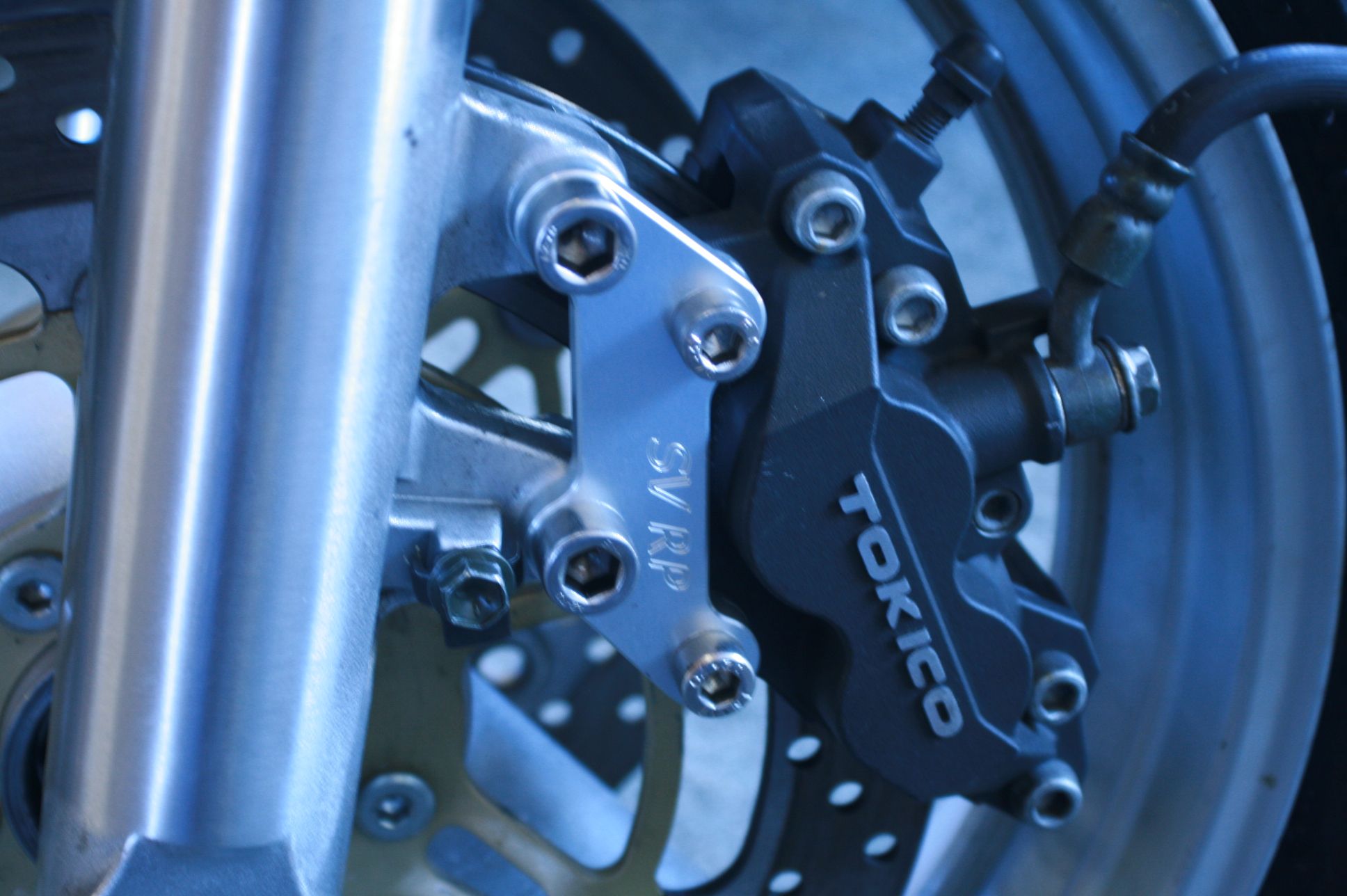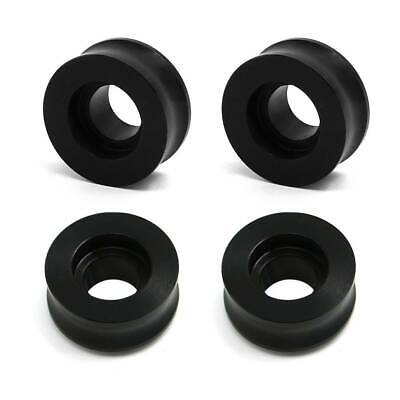Putting fresh upholstery in the sun is a common tactic by shops to make the material shrink fit tight. Every seat will do this but it depends on how tight you stretch the cover to start with and also how the seat pan is attached to the frame. Most seat pans only have a couple mounting points which let it taco. However if you attach the pan in a way that causes it to be pulled to the underlying structure, like fasterners around the perimeter you casn negate the effect of the cover shrinking with a dead flat pan.
I have made a couple fiberglass seat pans and the problem with those is that unless the resin is heat cured before stretching a cover the seat pan can move when it gets hot the first time as well. You end up having a multiplying effect where the seat cover gets hot and shrinks, it pulls the fiberglass seat pan which is soft from the heat and the whole thing goes taco. Then it cools this way, and its tough to undo. It doesn't move a huge amount. This happened to me with the first custom seat on my KZ1000, I ended up with about a 1/2" gap between the seat and the tail. This is not a huge gap by factory standards, but, dammit this shits custom, it needs a better fit. The last fiberglass seat pan I made I basically took a mold off a factory seat pan, so all the features of a factory seat pan were present in the fiberglass version, and this seat pan did not taco.
I have made a couple fiberglass seat pans and the problem with those is that unless the resin is heat cured before stretching a cover the seat pan can move when it gets hot the first time as well. You end up having a multiplying effect where the seat cover gets hot and shrinks, it pulls the fiberglass seat pan which is soft from the heat and the whole thing goes taco. Then it cools this way, and its tough to undo. It doesn't move a huge amount. This happened to me with the first custom seat on my KZ1000, I ended up with about a 1/2" gap between the seat and the tail. This is not a huge gap by factory standards, but, dammit this shits custom, it needs a better fit. The last fiberglass seat pan I made I basically took a mold off a factory seat pan, so all the features of a factory seat pan were present in the fiberglass version, and this seat pan did not taco.







